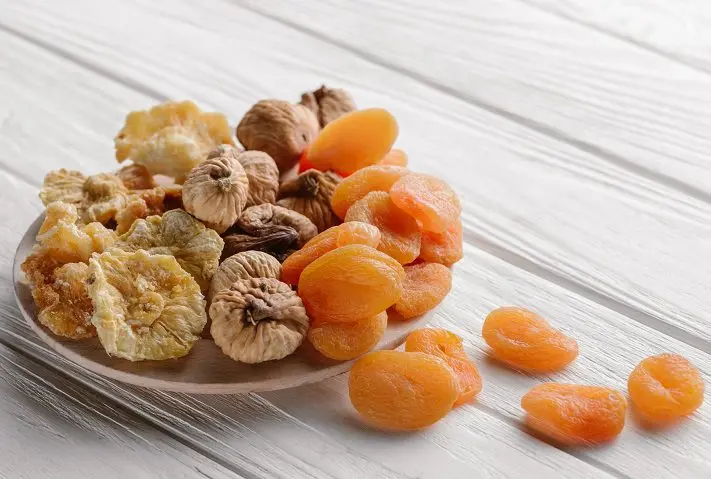Contents
The traditional Cypriot vodka zivania (emphasis on the second “i”) is made from the pulp of the island’s grapes and is a name controlled by origin. A drink made from the same raw materials and using the same technologies, but outside of Cyprus, will be ordinary brandy. The fortress of “factory” zivania is limited to 45%, but in the Kikksky monastery they prepare grape moonshine with a strength of 49%, and in villages this figure can reach 55-70%. The term “Zivania” comes from the word “Zivana” – this is the name in Cyprus for the grape marc left after the production of wine.
Historical information
Zivania appeared at the end of the XIV century, when Cyprus belonged to the Venetian Republic. Perhaps it was the Italians who taught the Cypriots how to make grape moonshine, which is why zivania is so similar to grappa. Mentions of the drink are found in the notes of travelers of that time and later works of art.

In 1949, in order to increase the demand for alcohol in the mother country and better control taxes, the British Empire banned the industrial production and export of zivania. The production of Cypriot “living water” has become completely clandestine and domestic. The decree was repealed in 1998. At the same time, they developed rules governing the manufacturing process:
- Raw materials – only ripe grapes, without sugar, dyes and chemicals.
- The winery must obtain permission from the Ministry of Agriculture and some other government agencies.
- The default varieties used are Xynisteri and/or Mavro. If other grapes are added to the composition, its name must be indicated on the label (for example, Zivania Cabernet).
If these requirements are not observed, the production will not receive a license. In 2004, the drink was given the status of a brand protected by origin.

Zivania production technology
The berry pomace of Xynisteri and Mavro with all the scallops, stalks and seeds left after making the wine is fermented in a separate vat, mixed with local dry wine (sometimes water or “tails” of the previous distillation), distilled in a copper distillation cube, which is called “Kazani” . The result is a clear strong moonshine with a light aroma of raisins. The last portion – porakos – is very weak, no more than 20%. It is not drunk, but used to produce other batches of zivania.
Kazani is an ordinary copper vessel connected by a tube to a wooden or ceramic jug filled with cold water. A fire is made under the vat, alcohol vapors enter the cold zone of the coil, where they condense and drain into a pre-prepared container. Large-scale industries already use modern equipment, but in the villages the artisanal method is popular.

Ready Cypriot vodka is stored in sealed metal containers or wooden barrels. The more mature the drink, the more aromatic and softer it is.
Types of zivania
- White – no impurities.
- Red – with cinnamon and other spices.
- Golden – aged for several years in oak barrels.

Famous brands
Zivania is a truly folk drink that is made by both small farms and large wineries like LOEL, KEO, ETKO, Tsiakkas or SODAP. The Kikksky monastery produces vodka with herbs or honey, some producers also do not limit themselves to classical ingredients, adding spices and fig stones to the composition.
How to drink zivania
Due to its high strength, the drink can be used not only for its intended purpose, but also as a warming, disinfectant and pain reliever.
Cypriot vodka is served with ice, nuts, dried fruits, cold cuts, local dishes, Turkish delight are good as snacks.

In Cyprus, it is customary to greet guests with a yawn, and the Cypriots themselves are never averse to having a glass or two before a meal.









